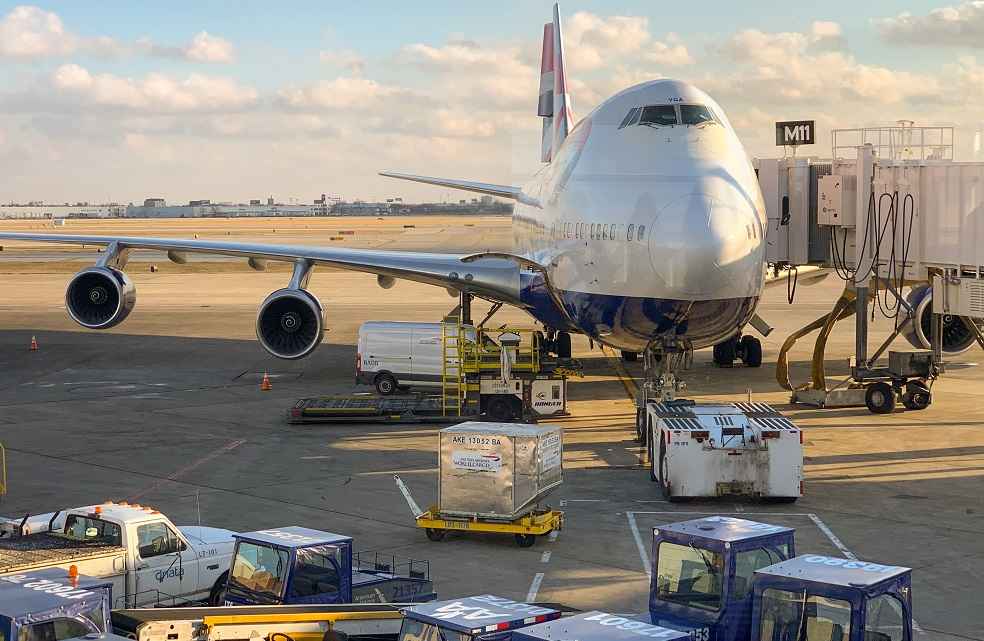The United States is set to impose port fees on Chinese ships in a bid to revitalise its domestic shipbuilding industry and challenge China’s dominance in the sector. Beginning mid-October, Chinese ship owners and operators will face a charge of $50 per ton of cargo, with the fee set to increase by $30 per ton annually over the next three years.
While concerns have been raised that the move could further disrupt global trade, especially following the impact of former President Donald Trump’s tariff policies, the port fee is notably less severe than earlier proposals. A spokesperson for China’s Ministry of Foreign Affairs criticised the measure, warning that it would raise prices for American consumers without achieving the goal of reviving US shipbuilding.
According to the US Trade Representative (USTR), China has largely secured its shipbuilding dominance at the expense of US companies, workers, and the broader economy. Under the new rules, fees on Chinese-built ships will be based on the weight of cargo, the number of containers, or the number of vehicles transported. For bulk carriers, charges will be tied to cargo weight, while container ships will be charged based on container volume. Non-US-built car carriers will face a fee of $150 per vehicle.

Ships built in China will be subject to an initial fee of $18 per ton or $120 per container, with these charges also set to rise annually. Each affected vessel will be charged once per voyage, capped at five times a year. Empty vessels arriving to collect bulk exports such as coal or grain, vessels operating between US ports, and ships servicing Caribbean islands and US territories will be exempt, along with US and Canadian ships calling at Great Lakes ports.
The measures are significantly milder than an earlier plan proposed in February, which would have levied up to $1.5 million per port visit. The USTR added that a second phase of actions will commence in three years, offering advantages to US-built ships transporting liquefied natural gas (LNG), with restrictions gradually increasing over a 22-year period.
Experts warn the new fees could deepen global trade disruptions already fuelled by Trump’s broader tariff regime. Cargo originally destined for the US is increasingly being redirected to European ports. Businesses have cautioned that these shifts could drive up costs for US consumers.

Since returning to the office in January, Trump has imposed tariffs as high as 145% on Chinese imports, alongside a 10% blanket tariff on imports from other countries until July. When combined with existing tariffs, levies on some Chinese goods could reach 245%.
The heightened trade barriers have led to significant ship build-ups and congestion, particularly at European ports, according to Marco Forgione, director general of the Chartered Institute of Export & International Trade. Chinese imports into the UK rose by about 15% and into the EU by around 12% in the first quarter of 2025.
Sanne Manders, president of logistics company Flexport, reported that port congestion has been exacerbated by strikes in the Netherlands, Germany, and Belgium. Severe congestion is being seen at UK ports such as Felixstowe and across major European hubs like Rotterdam and Barcelona.
Manders added that more cargo is being rerouted to Europe, with shippers seeking alternative markets and considering supply chain redesigns. While American consumers are expected to bear the brunt of the new tariffs, European consumers are unlikely to experience a major impact.
POLICY & LAW | Vietnam Plans New Trade Law to Meet Stricter Origin Rules



